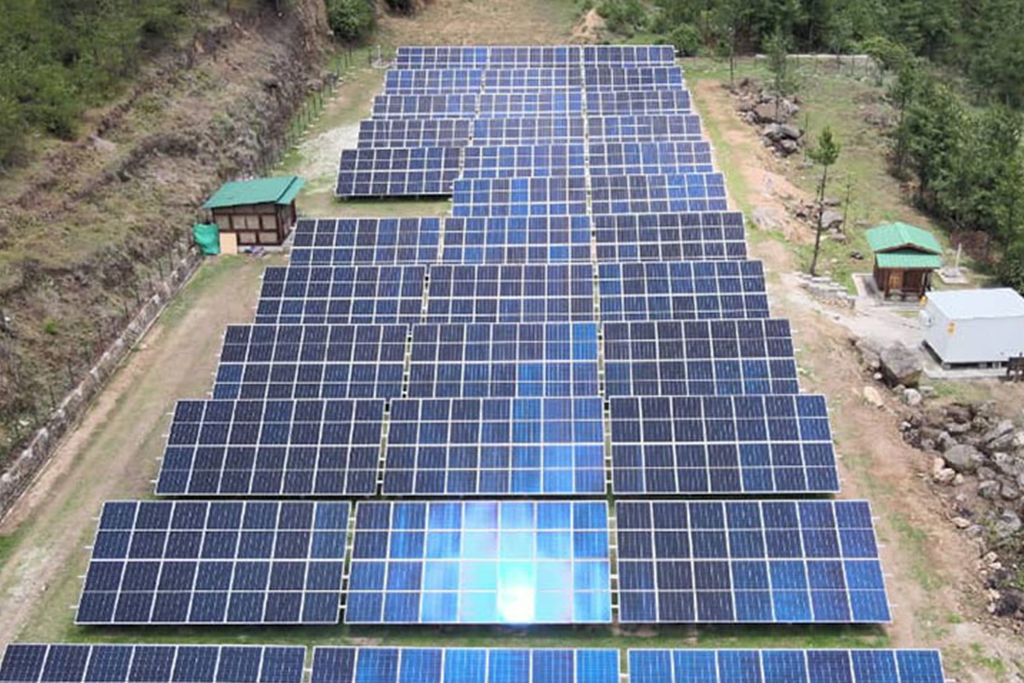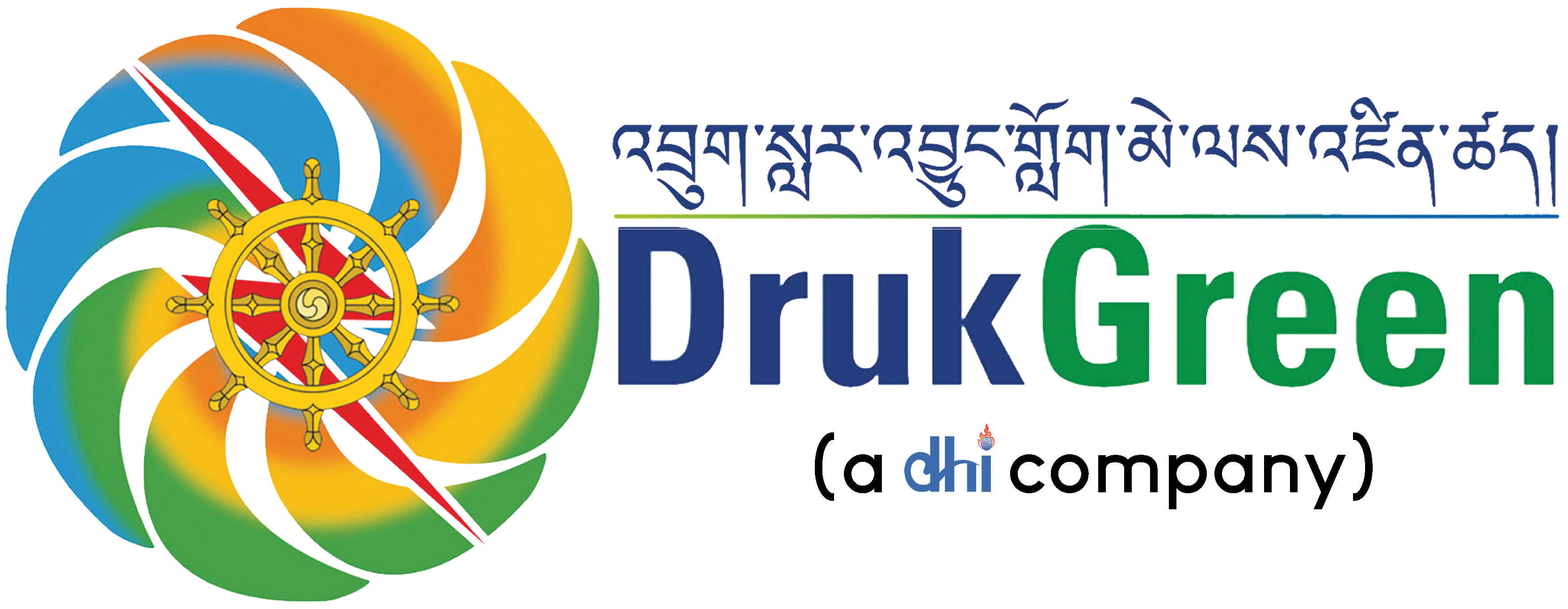
Kuensel | Yangyel Lhaden | June 19, 2024
The promotion of alternative renewable energy (ARE) faces significant challenges. According to the Ministry of Energy and Natural Resources (MoENR), the major obstacles include difficulty securing financial resources and technical and infrastructural challenges,including obtaining community clearance.
According to the Renewable Energy Management Master Plan 2016, Bhutan can produce 12 gigawatts (GW) of solar energy and 760 megawatts (MW) of wind energy. The 13th five-year plan aims to develop 500 MW of alternative renewable energy by 2029 and increase it to 1000 MW by 2034 to achieve energy security.
However, only 600 kilowatts (kW) of wind energy has been harnessed in the country through the wind farm in Rubesa. The energy department has installed a 276.7-kW solar power system. Other agencies have installed about 1,450 kW of solar power systems. Additionally, a 17-MW solar farm is under construction in Sephu.
The energy department is currently identifying potential solar sites and conducting feasibility studies for ARE projects, which include the 23 MW wind farm in Gaselo and Rubesa.
An energy department official said that, with funding challenges and difficulties in finding suitable sites for ARE projects, obtaining community and environmental clearances is becoming increasingly difficult. “Besides requiring large tracts of land for utility-scale solar farms, there is apparent conflict over land use by communities,” he said.
In the 13th plan, the energy sector received two percent of the total budget amounting to Nu 1,742.876 million.
All ARE projects in the country are funded by donors or through loans from international banks. For example, the wind farm in Rubesa was funded by the Asian Development Bank (ADB), the solar system in Shangsa in Lunana is funded by Bhutan for Life, and the solar water heating system is funded by the Austrian Development Agency.
With ARE projects heavily reliant on funding from external sources, the country missed an opportunity to host its first mega 30-MW solar power system in Shingkhar, Bumthang, because the community refused to grant land clearance for various reasons, resulting in the loss of funding for the 23-MW wind farm from ADB.
The ADB, which was set to fund three major ARE projects in 2021 — the 17-MW solar farm in Sephu, the 23-MW wind farm in Gaselo, and Shingkhar solar farm — dropped plans for the 23-MW windfarm due to financial non-viability when Shingkhar solar farm was dropped. As a result, funding was allocated only for the solar farm in Sephu.
Why is promoting ARE important?
The country’s main energy source, hydropower, depends on the run-off-water scheme. While the country exports electricity to India during the winter, it imports electricity at a higher cost during lean seasons.
In the six months from December 2023 to May 13, 2024, the country imported electricity worth Nu 6.07 billion, an increase from the same period the previous year, when it imported electricity worth Nu 1.75 billion.
Moreover, the country’s hydroelectricity export has been decreasing over the years. In 2021, Bhutan exported electricity worth Nu 24.2 billion. It decreased to Nu 22.47 billion in 2022. Last year, the export further decreased to Nu 16.67 billion.
An energy department official said that AREs are aimed at complementing hydropower. “When energy from hydropower is in short supply, AREs fed into the national grid would complement it. Conversely, when AREs are in short supply, hydropower will fill the gap.”
“The national grid fed with hydropower and AREs would help us realise our dream of energy security,” the official said. When the Sephu solar farm is completed, it is expected to generate 25 million units of energy which would be fed to the national electricity grid. On average, an urban household consumes five kilowatts of energy a day. This means the Sephu plant can power 3,476 households.
The Sephu solar farm has the capacity to reduce 24,495.5 tonnes of carbon dioxide emissions if the plant-generated energy is exported.
If the Shingkhar solar farm was constructed, it could have had the potential to generate 46.19 million units of energy annually, with an annual revenue generation of Nu 233.725 million.
